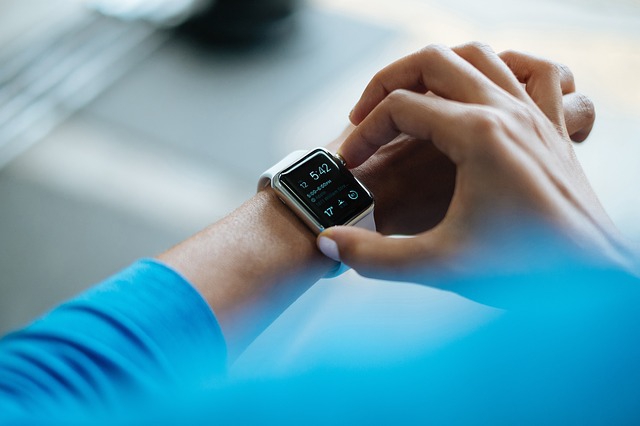Wearable devices are playing an increasing role in employee wellness programmes
Advancement in technology has led to the development of many products that help individuals and organizations to solve health related problems. Two such products that have become commonplace today are wearable devices – Smart Watch and Fitness trackers. These products can measure heart rate, blood pressure and speed.
The popularity of these wearable devices is on the rise in the country, particularly among young office goers. As the prices of these devices decline with maturing technology, their adoption is spreading farther and now, they are even included in the employee wellness programmes of many forward-thinking companies.
Implementing the use of these devices to monitor employees’ health provides several benefits to organisations, some of which are listed below–
Tracking Employee Fitness
Using these devices, companies can track the fitness of the employees and accordingly plan the day’s schedule, assign tasks, and allow leaves. It helps companies in optimizing and increasing the productivity of the human capital and thus helps the organization grow exponentially without any breaks.
Lowering Employee Health Cost
The data recorded about the employees’ health can be used to craft well suited insurance plans in accordance with the health status. This helps in cutting cost.
Incentivizing Healthy behaviour
Organizations can track the healthy behaviours of employees such as leave taken, and incentivize them accordingly. Incentivizing healthy employees will spur a positive environment at the workplace where more employees will try to be healthy and fit.
Tracking Employee Presence
Organizations implementing the use of these wearable devices can also track the whereabouts of the employee in a day. These devices are GPS enabled which provide electronic map of where an employee has been. It can track the location and the movements of the employee. Organizations can monitor these movements and better control the employees.
Examining Potential Claims
Companies can use the wellness data collected to solve issues of potential claims when crafting use policies. For instance, if a company is penalizing sedentary employees but rewarding the most active employees, an unhappy employee may be tempted to file a discrimination case against the company. In that case the wellness data can be used as a proof of the issue in question.
Value our content... contribute towards our growth. Even a small contribution a month would be of great help for us.
Since eight years, we have been serving the industry through daily news and stories. Our content is free for all and we plan to keep it that way.
Support HRKatha. Pay Here (All it takes is a minute)



























